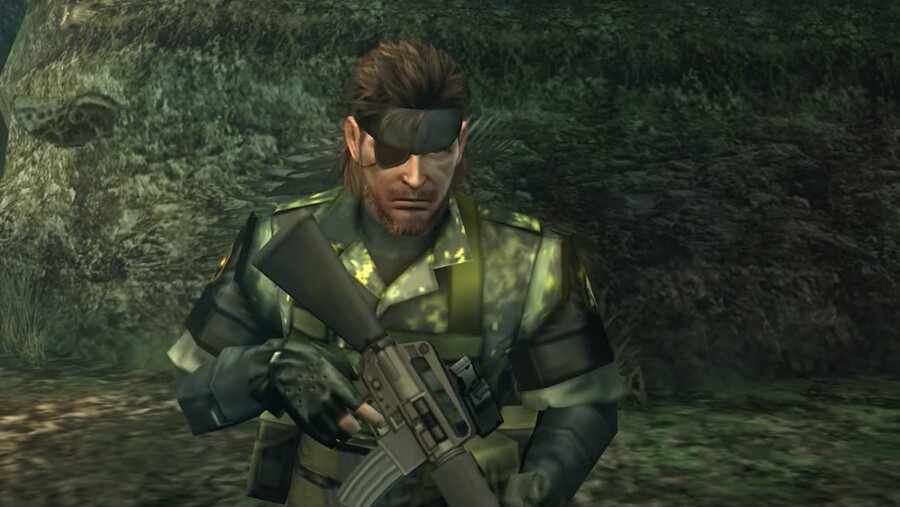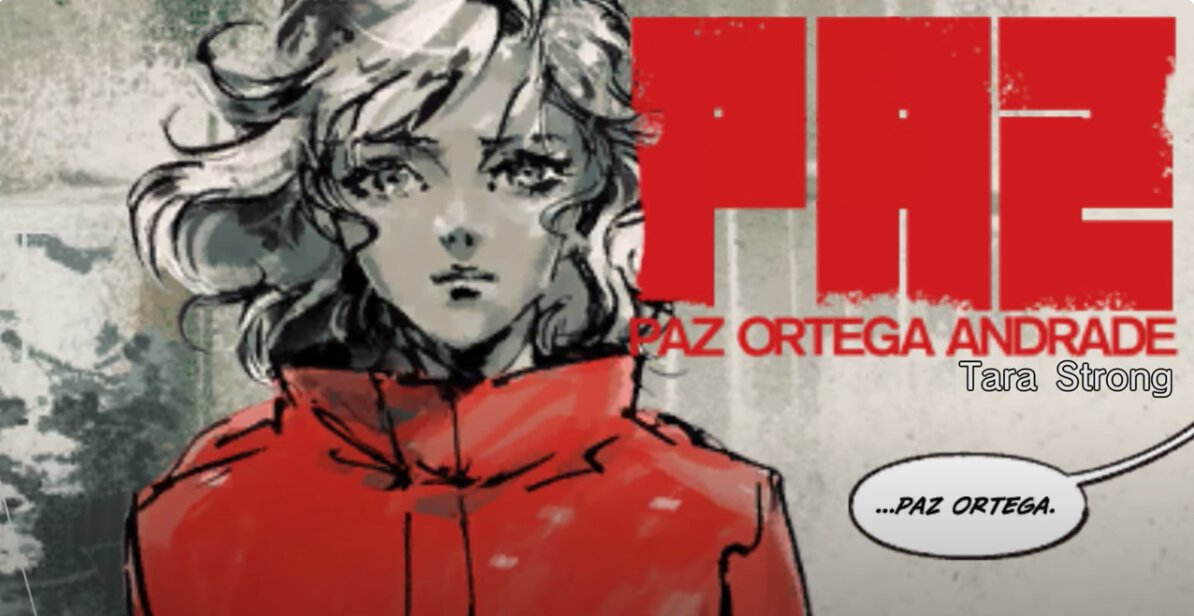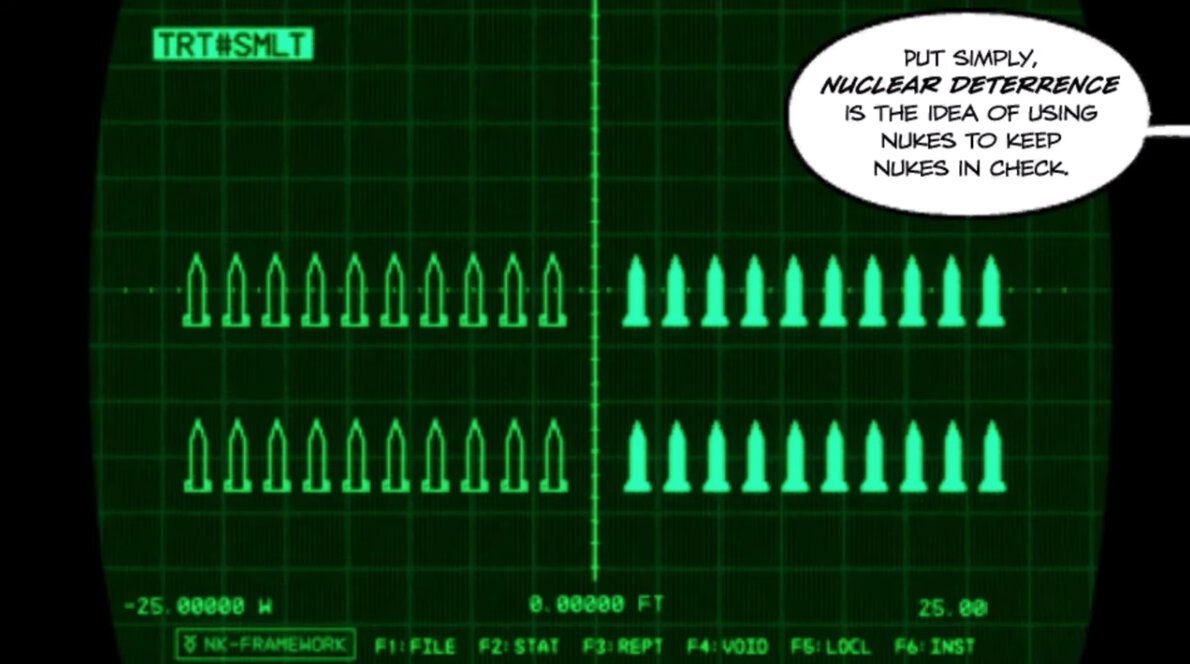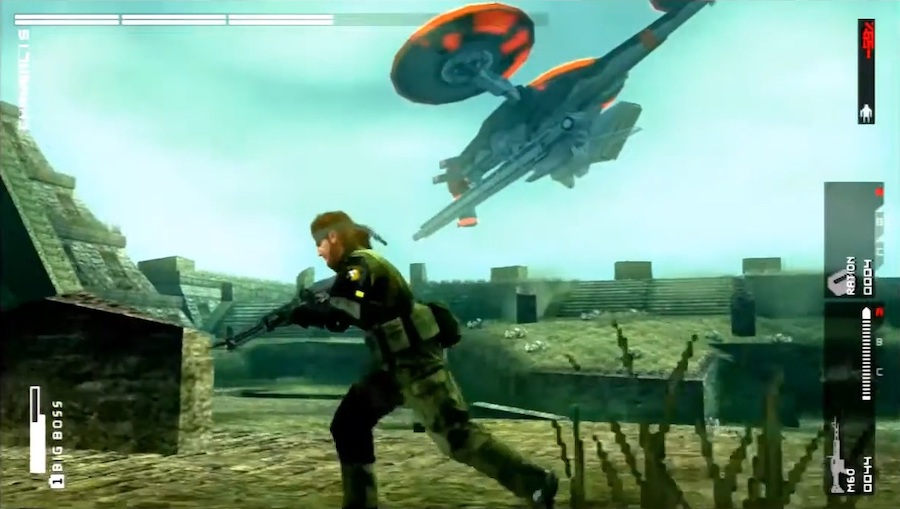Thick Thighs Save Lives
NeoGAF's Physical Games Advocate Extraordinaire
On the 14th anniversary of Metal Gear Solid: Peace Walker's release, Hideo Kojima took to X to provide some juicy background tidbits on the 2010 PSP title.
Although Peace Walker was the fourth Metal Gear game to be made for Sony's PlayStation Portable (PSP), it was the first game for the handheld to be directed, designed and written by series creator Hideo Kojima. This gave it the genetics of a mainline MGS title, however, right off the bat, Kojima reveals that the international marketing department were not keen on a portable title being a numbered entry.
Post translation: It's 14 years since PW went on sale. I was still in my mid 40s. At the time, many game companies were shifting towards developing apps for flip phones. After making MGS4, I realized that it is vital to have a proprietary engine. Games would only make a vertical leap once such an engine was completed. In the meantime, I proposed making Peace Walker in order to evolve MGS horizontally (i.e. across platforms). At first, it was called MGS5PW, but this received strong opposition from overseas marketers, so I abandoned the consecutive numbering. As it was on PSP, the target demographic was lowered to elementary, middle and high school students. I aimed for this young generation so that the MGS series could gain fans from two generations- parents and their children.
Post translation: But because it was on PSP, we couldn't hope for it to be a worldwide hit like before (i.e. the series' mainline console entries). Therefore, we had to keep production costs to a minimum. We couldn't use motion capture or Hollywood composers. Consequently, we utilized the digital animation techniques from "Bande Dessinée." The music was done by an in-house composer. "Calling to The Night" (the theme song for MGS Portable Ops) was good, so I asked Honda to do the main theme for PW too. He created a number of melodies and parts for the song, and these were combined, with the song being gradually created over time. From the start, Love's Deterrent was the only title I had in mind. I wanted Calling to The Night's vocalist Natasha Farrow to do the vocals, but she wasn't in Japan. Instead, we decided upon Donna (Burke), who was the president of the (talent) office.
Source - Automaton West
Although Peace Walker was the fourth Metal Gear game to be made for Sony's PlayStation Portable (PSP), it was the first game for the handheld to be directed, designed and written by series creator Hideo Kojima. This gave it the genetics of a mainline MGS title, however, right off the bat, Kojima reveals that the international marketing department were not keen on a portable title being a numbered entry.
Post translation: It's 14 years since PW went on sale. I was still in my mid 40s. At the time, many game companies were shifting towards developing apps for flip phones. After making MGS4, I realized that it is vital to have a proprietary engine. Games would only make a vertical leap once such an engine was completed. In the meantime, I proposed making Peace Walker in order to evolve MGS horizontally (i.e. across platforms). At first, it was called MGS5PW, but this received strong opposition from overseas marketers, so I abandoned the consecutive numbering. As it was on PSP, the target demographic was lowered to elementary, middle and high school students. I aimed for this young generation so that the MGS series could gain fans from two generations- parents and their children.
Peace Walker is set in Costa Rica in 1974, starring Naked Snake from MGS3 (who would later become Big Boss). As one would expect from a Metal Gear game, it draws upon real life events, like the conflict between Costa Rica and Nicaragua, the Cold War backdrop, and also throws in nods to movies, notably Stanley Kubrick's Dr Strangelove (1964).

Peace Walker's graphics are reminiscent of MGS3, but it also features characters and mechanics (such as the Fulton Recovery)

System for capturing enemy soldiers) that would appear in MGS5.
Although MGS's pacifistic stance and anti-nuclear weapons theme can be found in Peace Walker, it is not as dark or heavy as the mainline titles in the series. According to Kojima, he deliberately aimed to give Peace Walker a tone that resembled that of a shonen manga, or a Japanese comic aimed at boys, while using the game to ask, "Why do nuclear weapons exist?" and to explore possible answers to this question, such as "deterrence" and "temporary peace." Kojima also reveals that he consulted with his son, whom he describes as being "of the PSP generation" with regards to PW's Japanese voice cast. The game was the first in the series to gain a Teen rating (13+) in the USA, although a torture scene had to be modified to "torture by being tickled" in Japan to gain a CERO C rating (ages 15 and up), potentially excluding some of the new target audience.


Kojima goes on to talk about the limitations they faced when making PW. Peace Walker had story sections between its bite-sized gameplay missions (the length of which made them suited to the handheld format). However, unlike mainline console entries in the Metal Gear series, restrictions meant that they could not render cutscenes in full motion video. Instead, Peace Walker's story was told through animated comic-book style images. This approach previously had a test run in the form of Metal Gear Solid: Bande Dessinée (known as Metal Gear Solid: Digital Graphic Novel in the US). This was a digitized version of the physical Metal Gear Solid 1 comic illustrated by Ashley Wood, which added sound effects, animated transitions and music. The Metal Gear Solid 2 comic was also digitized in this way. Peace Walker took a similar approach, combining Ashley Wood's illustrations with dynamic animations (as well as voices and sound effects), which stood out well on the handheld's screen.
Post translation: But because it was on PSP, we couldn't hope for it to be a worldwide hit like before (i.e. the series' mainline console entries). Therefore, we had to keep production costs to a minimum. We couldn't use motion capture or Hollywood composers. Consequently, we utilized the digital animation techniques from "Bande Dessinée." The music was done by an in-house composer. "Calling to The Night" (the theme song for MGS Portable Ops) was good, so I asked Honda to do the main theme for PW too. He created a number of melodies and parts for the song, and these were combined, with the song being gradually created over time. From the start, Love's Deterrent was the only title I had in mind. I wanted Calling to The Night's vocalist Natasha Farrow to do the vocals, but she wasn't in Japan. Instead, we decided upon Donna (Burke), who was the president of the (talent) office.
Peace Walker ended up having two songs; Love's Deterrent, which was sung by the Japanese voice actress for the character Paz, and Heaven's Divide sung by Donna Burke (whose voice you may have heard doing English announcements on the Osaka-Tokyo bullet train).

Metal Gear Solid: Peace Walker would later receive an HD port for the PS3. This allowed players to play the game either on PS3 or PSP, and transfer data between the two. The availability of the game on console for the first time widened its audience. Although initial sales for Peace Walker were lower than those of MGS's numbered console entries, it was critically acclaimed. On Metacritic, the original PSP release has a score of 8.5, while the PS3 HD Edition has a score of 7.9.
Overall, limitations in budget and hardware as well as a different target audience, resulted in Metal Gear Solid: Peace Walker delivering an experience that was unique compared to the stealth series' other entries.
Metal Gear Solid: Peace Walker is available on the PSP, with Metal Gear Solid: Peace Walker HD Edition available on the PS3, either as a standalone or part of the Metal Gear Solid HD Collection with MGS2 and 3. It is rumored that it may be included on Konami's upcoming Metal Gear Solid Master Collection 2 for current gen hardware.
Source - Automaton West

